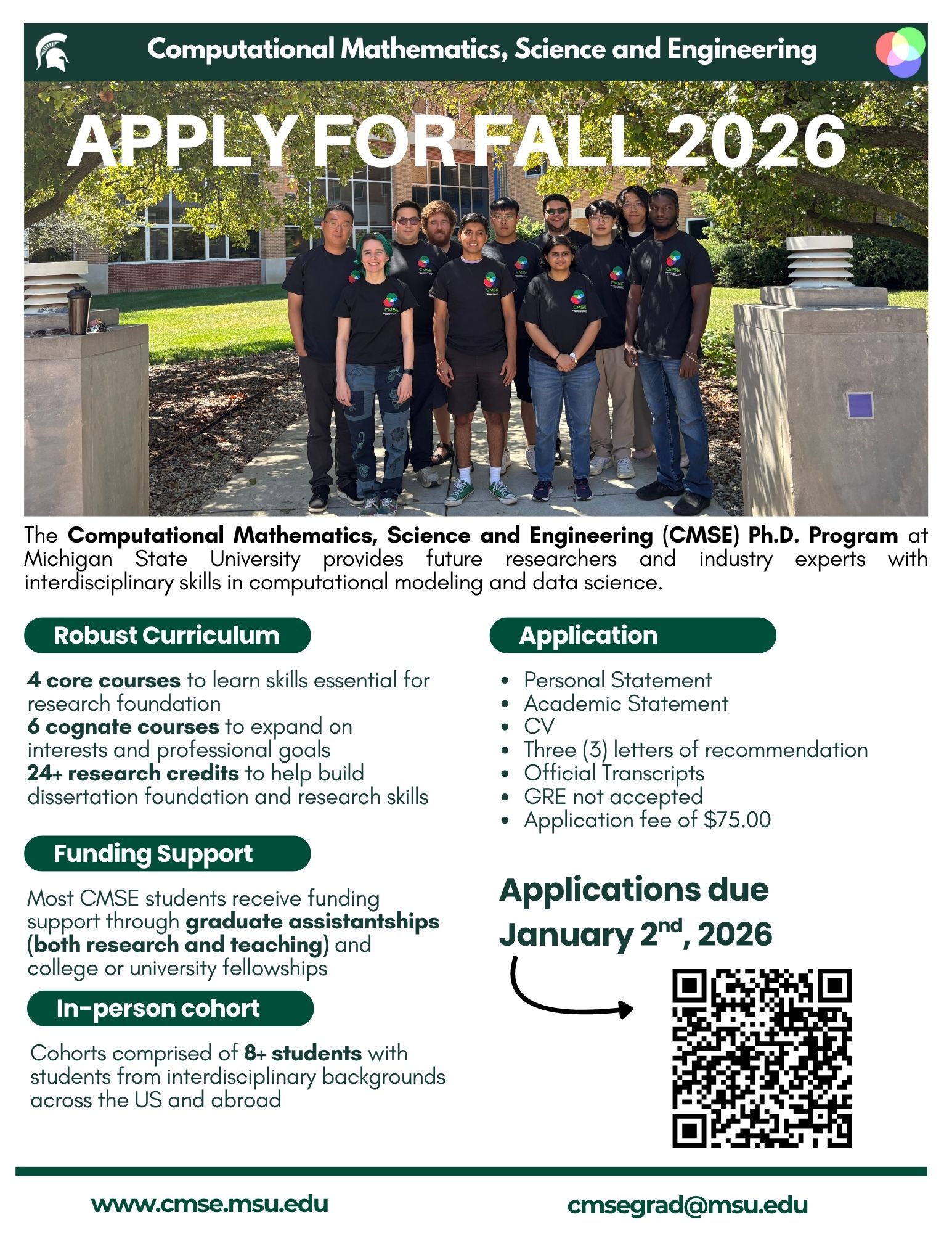CMSE Capstone Collaboration with Two Six Technologies Results in Novel AI Methodology
CMSE 495 - Experiential Learning in Data Science, or better known as Capstone Project, is where CMSE seniors apply their cumulative knowledge gained from years-long education to a real-world problem, commissioned by various diverse organizations. This undergraduate course operates more like an internship, where students collaborate in teams to deliver a product or service to a community partner. And this year, one of the standout projects has recently been published, showcasing the innovative work of CMSE students.
The project stemmed from a request Two Six Technologies received from a client, which was to conduct a literature review of new research and explain the topic in a summary.
“Two Six would typically get human experts to read publication after publication, and then manually generate very complex, fuzzy cognitive maps to summarize a vast amount of data in a format that the client could then read and understand,” Professor Dirk Colbry, lead for CMSE 495, said.
Fuzzy cognitive mapping (FCM) is a graphic technique used to describe causal understanding in a wide range of applications. The question for the students was: Could they build a model with AI for the project and provide it to the experts at Two Six Technologies for validation instead of the experts building it from scratch themselves?
The answer was a novel AI methodology published for the NLP4Science workshop, which was held at the 2024 Conference on Empirical Methods in Natural Language Processing (EMNLP), titled "Soft Measures for Extracting Causal Collective Intelligence". To learn more about the methods used in the paper, visit this article.
This paper was a collaborative effort between undergraduates in the CMSE 495 course, graduate students in the Masters Program, and also Maryam Berijanian, a Ph.D. student. “We just said, ‘Why don’t we bring it all together?’ The undergraduates would benefit from working with the graduates and vice versa,” Colbry said.
“I was super, I mean, super impressed,” said Two Six Technologies Senior Research Scientist Nathan Brugnone. “It's hard to do the research, write the paper, submit it, do your revisions and then have it published and then present it in like nine months. That's a pretty rapid pace."
To learn more about everyone involved in this project, visit the College of Engineering's orignal article.



